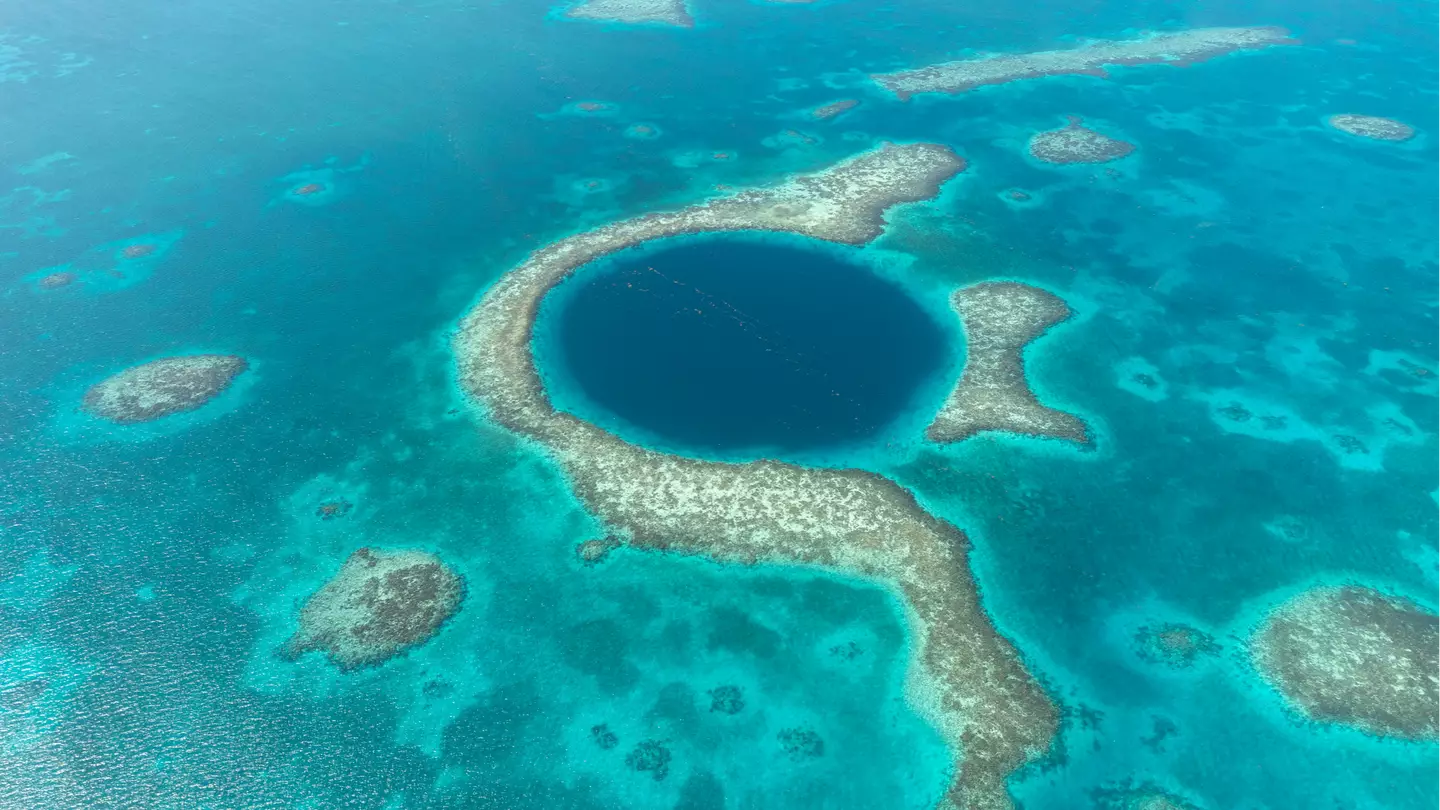Scientists drilled to the bottom of the Great Blue Hole and uncovered worrying trend
The UNESCO World Heritage site can be used to show the devastating effect of climate change
Featured Image Credit: Getty Stock ImagesTopics: Science, World News, Climate Change, Environment
